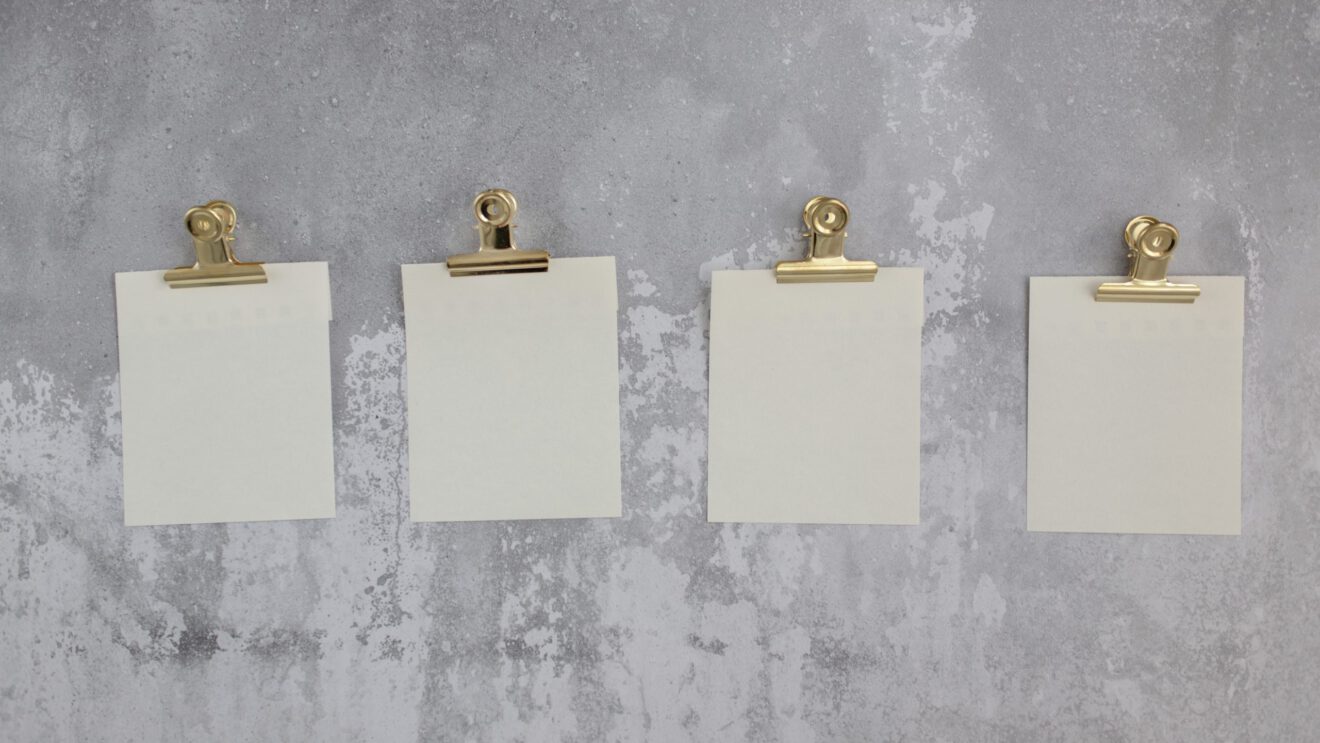The way you talk to your audience can make or break a sale. We know that different audiences benefit from different messaging strategies but knowing how to position those messages to the proper audience can be tough. We are here to help you.
Sending the right messages to your audience starts at the buyer journey. The B2B buyer journey is the make-or-break-it sales and marketing approach to potential customers. Understanding how to map it and take action on gaps can be the difference between a customer signing on and a potential buyer looking for an alternative partner.
It’s the complete process a buyer will go through, starting with an initial awareness of your brand, to the evaluation of your products and services, to finally deciding to make a purchase with you.
Why Is the Buyer Journey so Important?
Glad you asked. The buyer journey generally shapes a customer’s route through to the purchase process. Understanding buyer behavior during this process can greatly improve your chances of upselling and retaining your customers later down the line.
According to Gartner, the typical buying group for a complex B2B solution involves six to 10 decision-makers, each armed with four or five pieces of information they’ve gathered independently and must deconflict within the group. These dynamics make it increasingly difficult for customers to make purchases. In fact, more than three-quarters of the customers Gartner surveyed described their purchase as very complex or difficult. That’s why key messaging strategy is essential in every part of the buyer journey. Here at SmartBrief, we call it the “show me you know me” moment.
Show Me You Know Me
Understanding your buyer’s role as well as the company’s solutions and services is essential to constructing an effective messaging strategy. The message you convey, whether through a content marketing piece, an outreach email or even a targeted ad, is the “show me you know me moment,” where you are helping the buyer by addressing their pain points.
Things to look for when personalizing your messages include:
- Buyer persona characteristics (title, job function, industry role, etc.).
- Events your buyer has attended.
- Content your buyer has downloaded in the past.
Offering content that speaks directly to your potential buyer’s role can be the difference between the buyer taking the next step in the journey and dropping out.
Content Through the Buyer Journey
At SmartBrief, we don’t use the terms top/middle/bottom funnel. While we recognize that the marketing funnel is a useful tool, we know that the buyer journey is not linear and buying does not play out in any kind of predictable, linear order. Instead, customers engage in what one might call “looping” across a typical purchase, revisiting each stage at least once. So instead of using the terms top of funnel, middle of funnel and bottom of funnel, we will call the different buying stages “early” or the “awareness stage,”, “middle” or the “consideration stage,” and “late” or the “decision stage.”
Early/Awareness Stage
The buyer has detected a problem and is starting to research solutions. Keep in mind that, in most cases, this stage is the buyer’s first insight into your business and they may not know much of anything about your company or offers. Most messaging is kept general and has a focus of educating your audience. Thought leadership pieces such as white papers, e-books and surveys work well in this early stage.
Middle/Consideration Stage
This stage of the buyer journey bridges the gap between prospects in the awareness stage and prospects who are ready to make a purchase. In all stages of the buyer journey, how you say something is just as important as what you say and content in this stage should be diverse so the message keeps prospects engaged.
Potential buyers in this stage are starting to contemplate solutions to their problems and seeing if your offers will be a good fit. Content should show how your business and solutions can work to solve the potential buyer’s problems and pain points. The most successful content formats for this stage are blog posts, case studies, webinars and product pages. Content topics and messaging strategy should focus on lead nurturing.
Late/Decision Stage
By now, your buyer should be equipped with all of the information they need to make an informed purchase. They are probably comparing your company to your competitors and making lists of features and benefits of each. Messaging in this stage should be hyper-focused on solving your potential buyer’s problems. Customer testimonials that vouch for the quality of your products, demos and sales sheets all work in this stage.
Serving the right messages to your potential buyers can be essential. No one wants to be blasted with messaging that doesn’t speak directly to them. Having a clear strategy and knowing what types of messages and content speaks to your potential buyer in each stage of the buyer journey will ensure your success.
Interested in learning how SmartBrief can help guide your buyer journey? Download our media kit for more information.
